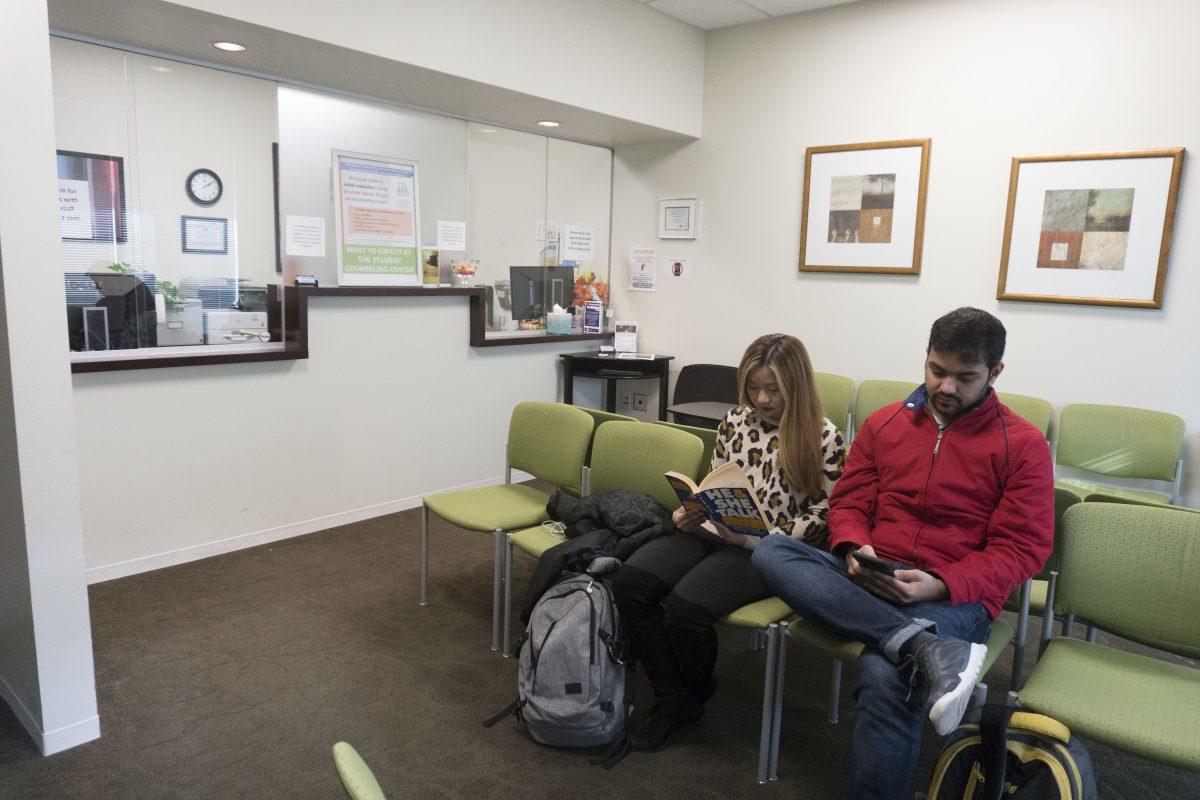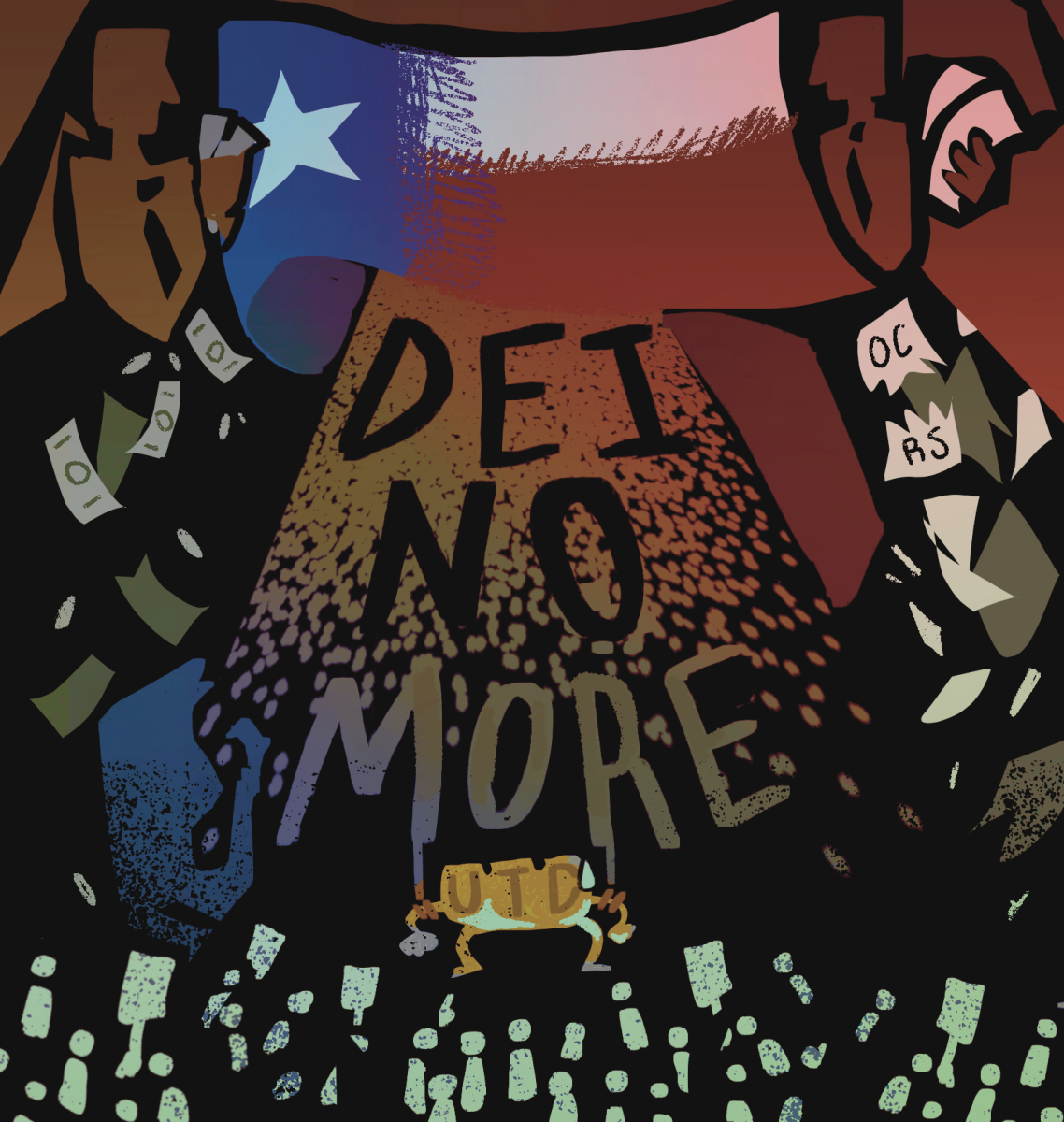The Student Counseling Center’s new scheduling system has eliminated the need for a waitlist.
The revised procedure was implemented during the fall 2017 semester and includes a variety of treatment options. Resources such as group counseling and community referrals allow the Counseling Center to treat patients in less time than in previous years.
In fall 2016, there were 368 students on the waitlist, which is less than the 428-person waitlist of spring 2017. In fall 2017, after the schedule system changes, there were none.
Jim Cannici, director and psychologist at the Student Counseling Center, said he considers the change to be highly positive.
“Up until this fall, what we provided was primarily individual counseling to students,” Cannici said. “Although we had other resources, they were limited. What happened as a result of that system was long waits to get in.”
In the past, waitlists could stretch to include hundreds of students who had to wait for weeks or months for appointments, according to Counseling Center records. Cannici said the Counseling Center realized this had to change.
“It’s a system we weren’t happy with,” he said. “Of course, I would be frustrated if I was a student who couldn’t get in, if I had an issue or concern or problem. It takes a while to even get up the courage to come here.”
Cannici said the Counseling Center is below the national average for the number of staff at a college counseling center, but more staff wouldn’t address the problem of a long waitlist.
“The bottom line is that the downside of our system was a lot of students not being served,” he said. “Regardless of our resources, we felt we could make a better system to address the needs of more students.”
The redesigned scheduling system begins with an initial evaluation, followed by a prescribed treatment plan for the student. A treatment plan may include group counseling, workshops, referral to the campus and community resources, psychiatric treatment at UTD or individual counseling. Although 12 individual sessions were available to students in years past, the new plan lowers the number to six per year.
Cannici said the group program, including options for healthy relationships, women of color, international and graduate students, has skyrocketed.
“I think for a lot of students group counseling is actually the preferred modality because they get a lot out of hearing from their peers,” he said. “They realize they’re not the only one who struggles with this issue and can get support and problem-solving help.”
Software engineering senior Helen McKay said she used the Counseling Center’s services once in the fall semester and had a positive experience.
“The counselor was able to address my current concerns,” McKay said. “She was familiar with my condition, though not many people are, and she was able to answer my questions and provide guidance on ways to cope with and manage my condition by forming new daily routines of self-care. She provided me with lots of resources and information about psychiatrists in the area and various workshops the Center for Students in Recovery hosts.”
McKay said she considers trying the available workshops in the future and still benefits from her single session.
“Since the appointment, I continue to use the advice and tools that (the counselor) gave me,” she said.
Criminology and mathematics sophomore Alvi Ali said she was pleasantly surprised by the Counseling Center when she visited earlier in the fall.
“I had to wait less than two weeks for my appointment, even though I had to find a time slot that worked well with my class schedule and such,” she said. “Overall it was a positive experience because I felt like I wasn’t being judged for anything, and I was provided with many resources. I did make use of a referral to a local counseling provider.”
According to the Counseling Center’s records, over half of the clients have made use of off-campus counseling after receiving a referral. If students are willing to use insurance for community resources, the Center may encourage them to receive more long-term counseling and improve UTD’s ability to provide for more students.
Cannici said he considers the new system to be an effective change, with hundreds of students using available resources such as community counselors, group counseling and workshops.
“This is a new system and we’re still fine tuning it,” he said. “I’m sure we’ll need to make some changes as we analyze the data from this fall. More students feel they’re getting the help they need. Of course, the greatest success is that we no longer have a waitlist.”

















